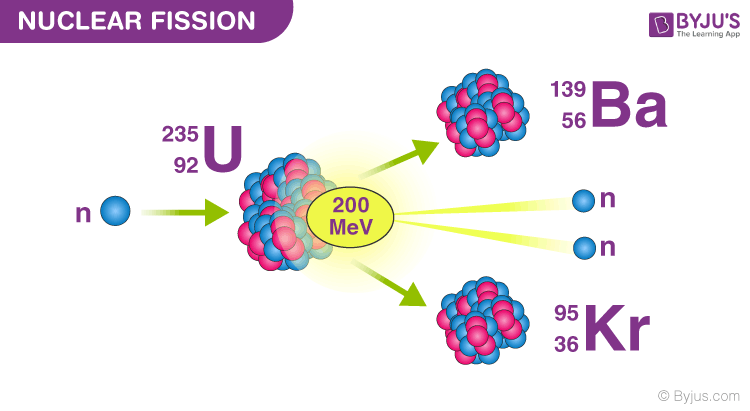


Thanks to its excellent irradiation resistance including its low swelling capacity, the tempered martensite matrix is known to be advantageous due to its body-centered-cubic (bcc) structure, which is known to retain a low density of irradiation defects and to the presence of a lot of boundaries in matrix acting as sink sites for irradiation defects. For this purpose, the fuel cladding tube should have predominant creep strength and irradiation resistance to maintain its mechanical integrity up to high burn-up level under high-temperature plant operation. Towards the practical use of SFR, an important technological issue of all Generation IV systems is to improve economic performance while maintaining a high level of safety. As a result, core structures have to be made with very irradiation-resistant materials because they are exposed to a high flux of fast neutrons, thus suffering severe displacement damage. The SFR uses liquid sodium coolant having high heat removal performance the fuel to coolant volume ratio is set to be large within the allowable range of core heat removal efficiency. Malaplate, in Structural Materials for Generation IV Nuclear Reactors, 2017 10.3.1 Martensitic (9, 11)Cr oxide dispersion-strengthened steelsįast reactors are advanced nuclear systems producing intensive energy from fast neutron- induced fission reaction of plutonium. Thus, if a heavy nucleus splits in half, then about 1 MeV per nucleon, or approximately 240 MeV per fission, is released. The graph in Figure 2 shows BE/ A to be about 7.6 MeV/nucleon for the heaviest nuclei ( A about 240), while BE/ A is about 8.6 MeV/nucleon for nuclei having A about 120. The amount of energy per fission reaction can be large, even by nuclear standards. Figure 2 shows that BE/ A is greater for medium-mass nuclei than heavy nuclei, implying that when a heavy nucleus is split, the products have less mass per nucleon, so that mass is destroyed and energy is released in the reaction. As noted in Fusion, energy is released if the products of a nuclear reaction have a greater binding energy per nucleon (BE/ A) than the parent nuclei. (credit: Kalmthouts)įission is the opposite of fusion and releases energy only when heavy nuclei are split. The reactor is in the small domed building to the left of the towers. The cooling towers are the most prominent features but are not unique to nuclear power. About 16% of the world’s electrical power is generated by controlled nuclear fission in such plants. The people living near this nuclear power plant have no measurable exposure to radiation that is traceable to the plant. China is building nuclear power plants at the rate of one start every month.įigure 1. France provides over 75% of its electricity with nuclear power, while the US has 104 operating reactors providing 20% of its electricity. By the end of 2009, there were 442 reactors operating in 30 countries, providing 15% of the world’s electricity. Whereas nuclear power was of little interest for decades following TMI and Chernobyl (and now Fukushima Daiichi), growing concerns over global warming has brought nuclear power back on the table as a viable energy alternative.


Hundreds of nuclear fission power plants around the world attest to the fact that controlled fission is practical and, at least in the short term, economical, as seen in Figure 1. Controlled fission is a reality, whereas controlled fusion is a hope for the future. Nuclear fission is a reaction in which a nucleus is split (or fissured). Describe controlled and uncontrolled chain reactions.Discuss how fission fuel reacts and describe what it produces.By the end of this section, you will be able to:


 0 kommentar(er)
0 kommentar(er)
